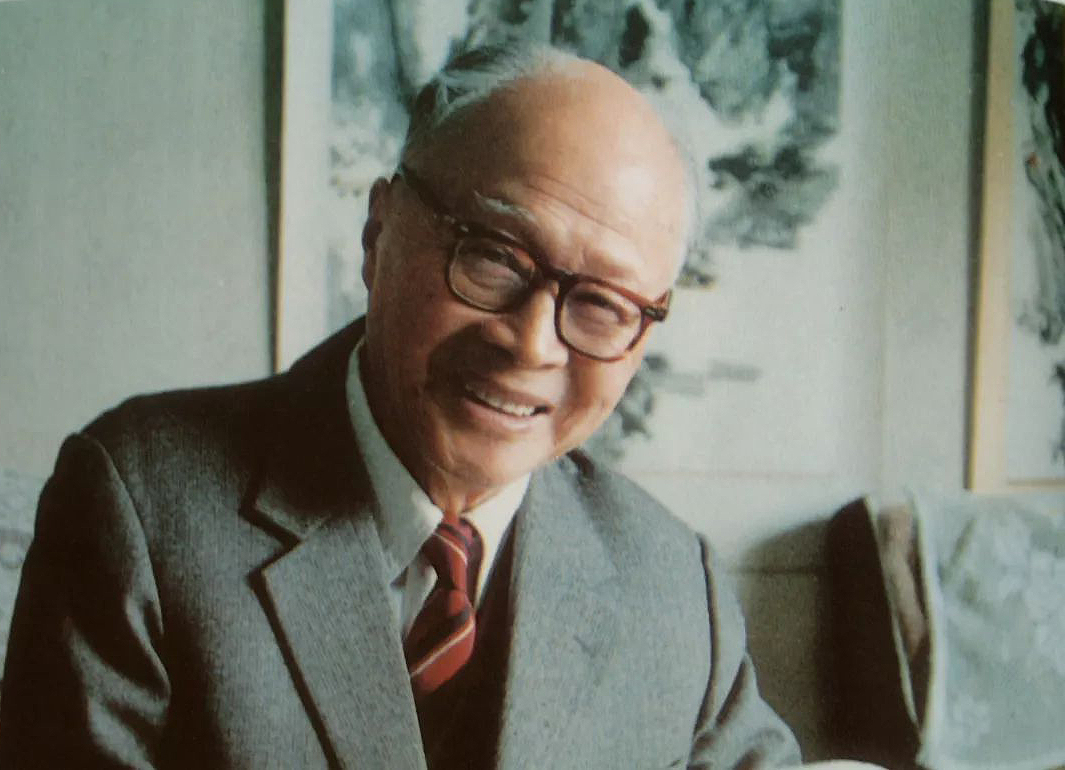Remembering Founders: Wang Ganchang
News, 28 May 2022
28 May is a remarkable day in the history of the Joint Institute for Nuclear Research. On this day in 1907, a prominent Chinese scientist, a researcher in the fields of elementary particle physics and thermonuclear fusion, Academician of the Chinese Academy of Sciences Wang Ganchang (1907-1998) was born. He was the JINR Vice-Director from 1958 to 1960 and one of the JINR founders.
He was also one of the founding fathers of Chinese nuclear physics and national research in the fields of cosmic rays and physics of elementary particles, a founder of Chinese laser synthesis technology.
Wang Ganchang was born in Changshu, Jiangsu Province, on 28 May 1907. In June 1929, he graduated from the Physical Department of Tsinghua University. In 1930, he studied at the Berlin University in Germany. In 1934, he received a degree of Doctor of Philosophy and returned to China. There, he worked at first at Shandong University and then headed the Physical Department of Zhejiang University (1936-1950).
In 1930, Wang was the first to propose the use of the Wilson chamber to study a new type of high-energy rays induced by the bombardment of beryllium by α-particles. An English physicist James Chadwick conducted the same experiment a year later and discovered a new type of particles – neutrons. Chadwick received the Nobel Prize in Physics for this discovery in 1935. Furthermore, in 1941, for the first time in the world, Wang Ganchang suggested the use of beta capture to detect neutrinos, but he could not conduct the experiment due to the war.
From April 1950 to 1956, Wang Ganchang worked at the Institute of Modern Physics of the Chinese Academy of Sciences. Since 1952, he held the post of the Deputy Director of the Institute. From 1953 to 1956, he headed the Centre for the study of cosmic rays created at his suggestion in the mountain area of the Yunnan province.
In 1956, the Chinese government started sending specialists to the Joint Institute for Nuclear Research in order to develop high energy physics in China. Professor Wang was among those scientists, and he went to the USSR in April 1956.
During his years at the Institute, Wang Ganchang took part in the creation of the propane bubble chamber at the JINR Synchrophasotron, and he became one of the co-authors of the “antisigma-minus hyperon” discovery at JINR in 1959, heading the group of discoverers of the particle. The group of scientists analysed more than 40,000 photographs, which recorded tens of thousands of nuclear interactions.
On 22 December 1960, Wang Ganchang left JINR and returned to Beijing, where he took an active part in the project of developing the atomic bomb in China. In October 1964, the first atomic bomb test was successfully conducted, making China a nuclear-weapon state.
Wang Ganchang combined many high posts at Chinese academic and political organizations. In 1978-1983, the scientist headed the China Institute of Atomic Energy (CIAE) making a decisive contribution to its development and formation.
Under the supervision and with the participation of this outstanding scientist, a pleiad of nuclear physicists of China was trained, experimental facilities were constructed and modernised, and the National Laboratory of Nuclear Physics of the Beijing Accelerator was established, as well as other centres. Thus, Wang Ganchang inspired not only the CIAE-JINR collaboration but also the China-Russia one.
He was an Honorary Doctor of the Moscow State University, a winner of the State Prize of China in science and technology. He was posthumously awarded the prize “Two bombs, one satellite” for merits to the Chinese nuclear programme. Since 2000, the Wang Ganchang Prize of the Chinese Physical Society has been awarded to physicists in elementary particle physics and inertial confinement nuclear fusion.
